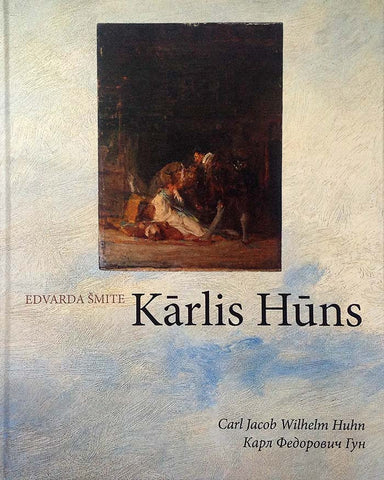
The creative work of Kārlis Hūns (1831-1877) belongs to Latvian, Russian and also European art of the second half of the 19th century, but he has always held a special place in the history of Latvian culture and art.

He was the first Latvian to have earned a Gold Medal, and hence the opportunity to study abroad, at graduating from the St. Petersburg Academy of Arts. Hūns spent almost eight years in Europe, mainly in Paris, and his artwork was shown at Paris Salon and several international exhibitions. Later he worked as professor at the St. Petersburg Academy of Arts for some years. However, throat tuberculosis cut short what promised to have been a long and successful career in art and education.


Hūns’ style and form can be characterised by rationally and precisely developed composition, diversely harmonised colour schemes, very skilled reproduction of real objects and a balanced union of painterly completeness with a non finito incompleteness. Perfection of a work’s formal aspect as well as the depicted motif and object were of great importance to Hūns. In addition to a romantic line, his work also contains a definite element of social realism and the theme of the lives of common people.
Kārlis Hūns is best known as a painter, but drawings and watercolours also form an important part of his oeuvre.Hūns participated in Russian and European art exhibitions, and he signed his name using both Cyrillic (Карл Гунъ) and Latin (Carl Huhn) letters. Exhibition reviews repeatedly state that he did not really belong to Russian art, that he was different and independent artist. Having been born and raised in rural Livonia (Vidzeme), and maturing into an adult there, Kārlis Hūns repeatedly confirmed his sense of belonging to his family and native land. The artist’s creative heritage is an indispensable part of Latvian people and Latvian culture.